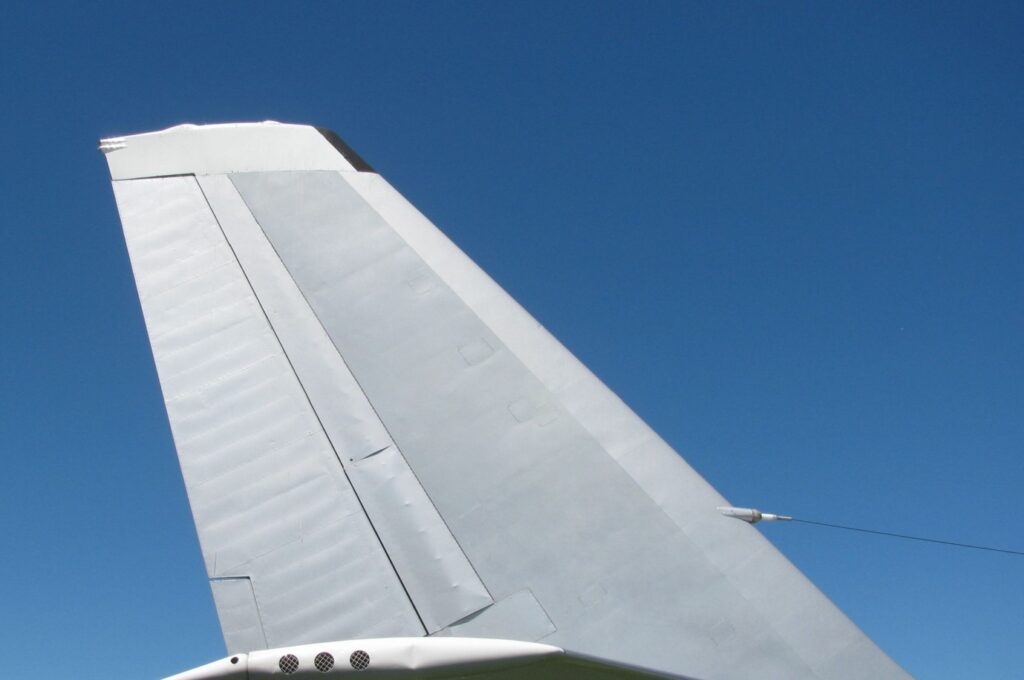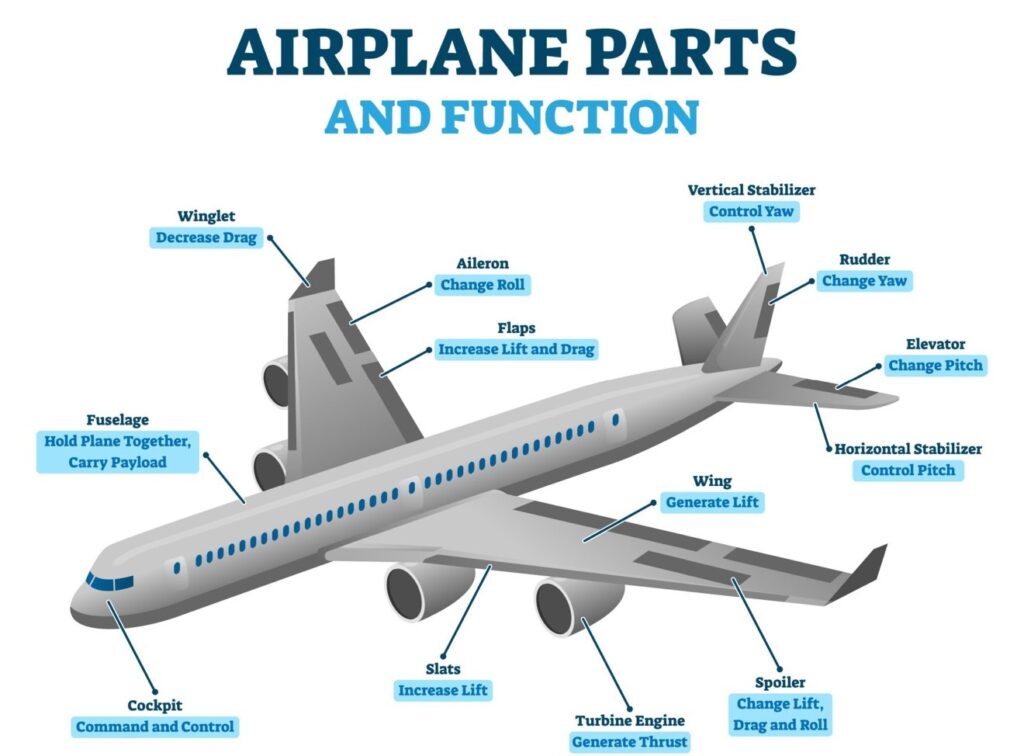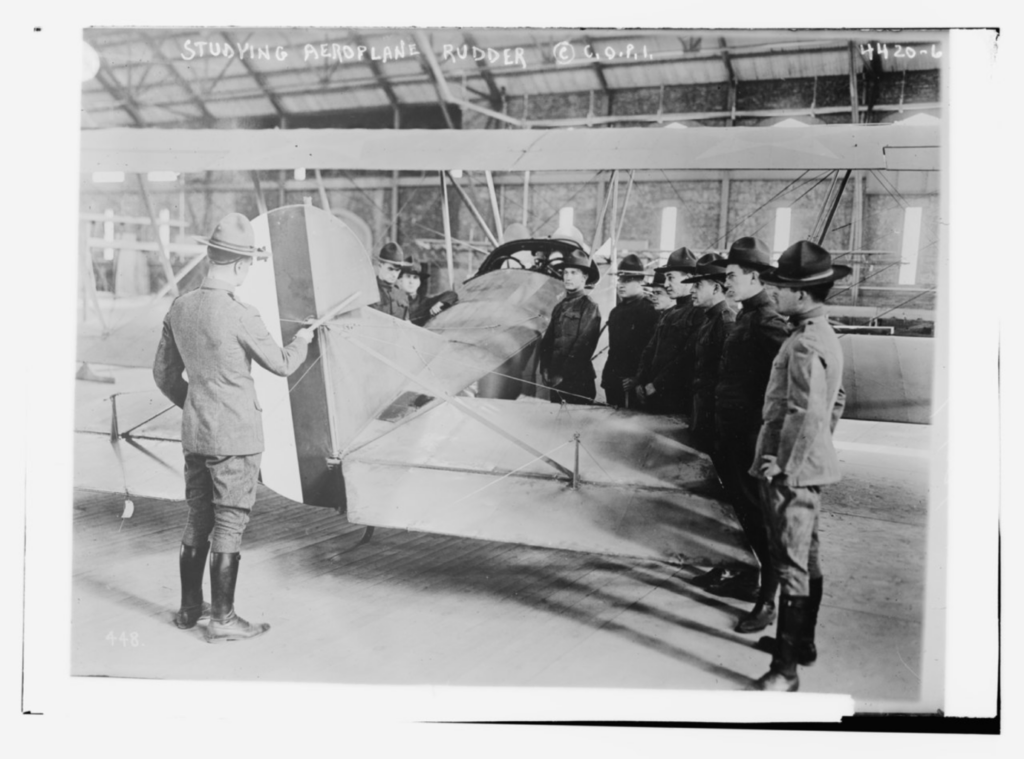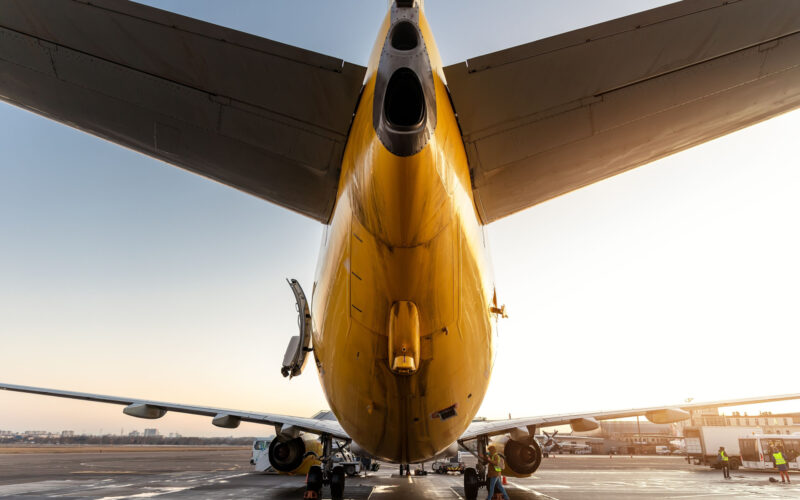The world of aviation is a marvel of human innovation and engineering. While many components of an aircraft contribute to its safe and efficient flight, one essential element that’s often overlooked is the rudder.
Here we’ll delve into the historical evolution of the rudder in aviation, its crucial role in aircraft control and its importance in maintaining safety during flight. We will also explore some of the worst aircraft accidents where rudder-related issues have proved critical, highlighting the lessons learned and safety improvements made as a result.
What is a rudder and why is it important?
Within the context of flight, a rudder is a movable control surface located on the vertical stabilizer at the rear of the aircraft. Its primary function is to control yaw, the side-to-side movement of the aircraft. Yaw control is essential for maintaining stability during flight, especially in adverse weather conditions or during maneuvers.

Therefore, the rudder plays a pivotal role in aircraft maneuverability. By deflecting the rudder, pilots can initiate and control turns, counteract adverse yaw during banking and maintain a straight flight path during crosswinds.
When landing in adverse crosswind conditions, pilots can employ a technique known as a sideslip, or simply ‘a slip’. This technique involves using the rudder and ailerons in opposite directions to align the aircraft’s fuselage with the runway. Additionally, a forward slip can be utilized, swiftly decreasing an aircraft’s altitude by generating increased drag.
In most aircraft, the rudder is operated by using the flight deck rudder pedals, which are mechanically connected to the rudder. It is also connected to hydraulic systems, especially in larger and more complex aircraft. Hydraulic systems assist in moving the rudder and other control surfaces by providing the power necessary to operate them.

History
In the early days of flight, rudders bore little resemblance to their modern counterparts. Aviation pioneers like the Wright brothers and Glenn Curtiss made significant contributions to the development of rudder technology.
For early gliders, making a banked turn occasionally resulted in the aircraft losing control and spinning uncontrollably. To address this issue, the Wright brothers introduced a fixed tail to their 1902 glider, which was subsequently modified into a movable rudder later in the same year. These rudimentary rudders were limited in their effectiveness, though.

As aviation progressed, engineers and designers experimented with various rudder configurations and control mechanisms. The introduction of ailerons and elevators alongside the rudder improved overall control: the ailerons control the roll of the aircraft, while the elevator manages the aircraft’s nose position and wing angle of attack. Key milestones, such as the development of the NACA (National Advisory Committee for Aeronautics) airfoil and the incorporation of wind tunnel testing, also greatly enhanced rudder design.
Worst aircraft accidents involving the rudder
Tragically, certain aviation accidents serve as stark reminders of the significance of the rudder and the consequences of its malfunction or mishandling. Several accidents in history have been linked to rudder-related issues, often with devastating outcomes.
One notable incident is the crash of Japan Airlines Flight 123 in 1985, resulting from improper repairs to the aircraft’s tail fin, ultimately causing a catastrophic rudder failure. After this accident, several critical recommendations were adopted to enhance aviation safety. These included stricter adherence to manufacturer-recommended repair guidelines, more rigorous structural inspections, increased training and awareness, improved regulatory oversight, better record-keeping and enhanced communication within the industry.
Another instance occurred in 1994 involving USAir Flight 427, when a rudder malfunction led to a plane crash. According to the National Transportation Safety Board (NTSB) investigation, the rudder unexpectedly deflected to the left without any input from the flight crew, ultimately resulting in the crash. The NTSB’s findings determined that the accident’s primary cause was a jam in the aircraft’s power control unit (PCU), which forced the rudder to move in a manner it hadn’t been commanded to, leading to a loss of control.
In response to the accident, several crucial safety measures were implemented. These included redesigning the rudder control system to prevent jamming, revising maintenance procedures, enhancing pilot training for handling emergencies, updating aviation regulations and introducing regular inspections of rudder control systems.
To sum up
In conclusion, the rudder is a fundamental component of aircraft design that has evolved significantly. Over the years, this has involved countless innovations and refinements, resulting in the sophisticated rudders we see used on modern aircraft today.
The rudder’s importance in aviation cannot be overstated. It is the key to controlling yaw and maintaining stability during flight, especially in challenging conditions. As evidenced by past accidents, any mishandling or malfunction of the rudder can have catastrophic consequences.
As such, it is crucial for both aircraft manufacturers and operators to prioritize the proper design, maintenance and training associated with the rudder to ensure that modern flight is safe and efficient.

